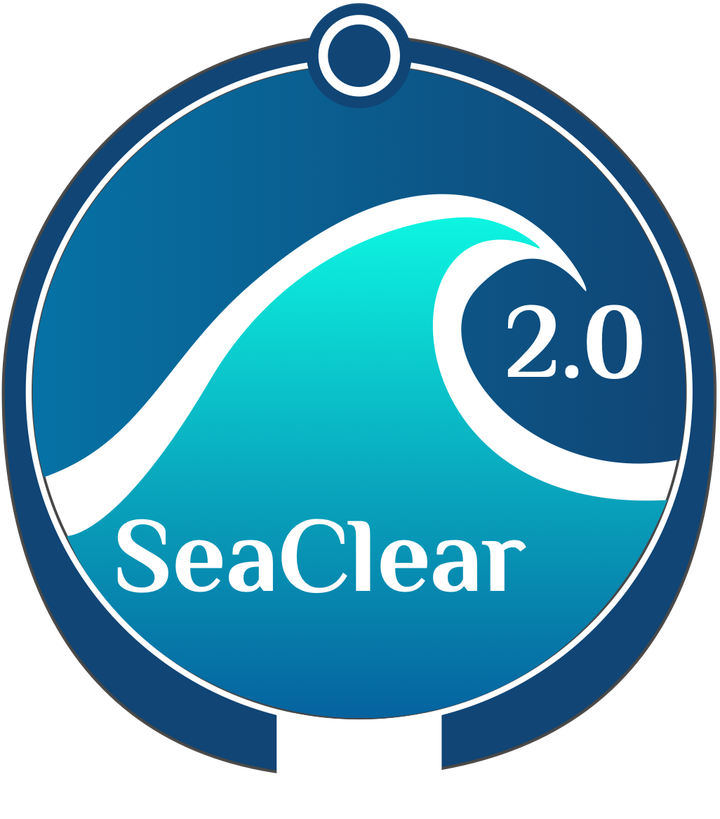SeaClear2 support

You can find more details and progress about this projects on its dedicated websites: SeaClear2-support
Background
Today’s oceans contain 26-66 million tons of waste, with approximately 94% located on the seafloor. So far, collection efforts have focused mostly on surface waste. The few efforts to gather underwater waste involve human divers who are put in potential danger.
No solution exists that exploits autonomous robots for underwater litter collection. The SeaClear project will develop the first.
SeaClear 2.0
SeaClear2.0 aims to prevent and reduce marine litter pollution, particularly plastics and microplastics, in the Mediterranean through (i) Community activation, (ii) Scaling up and demonstrating an innovative solution with teams of autonomous, intelligent robots for effective monitoring and collection of marine seafloor and surface litter, (iii) Providing solutions for valorization of the collected litter, (iv) Adding novel dimensions in policy making, and (v) Accelerating the uptake of our solution by demonstrating its scalability and replicability to the Mediterranean basin and beyond.
Funding
The SEACLEAR project has received funding from the European Union’s Horizon 2020 research and innovation programme under grant agreement No. 871295. The project spans four years, running from January 1st, 2020 to December 31st, 2023.
The SeaClear2.0 is co-funded by the European Union under the Horizon Europe Programme (Grant Agreement 101093822). The project spans four years, running from January 1st, 2023 to December 31st, 2027.